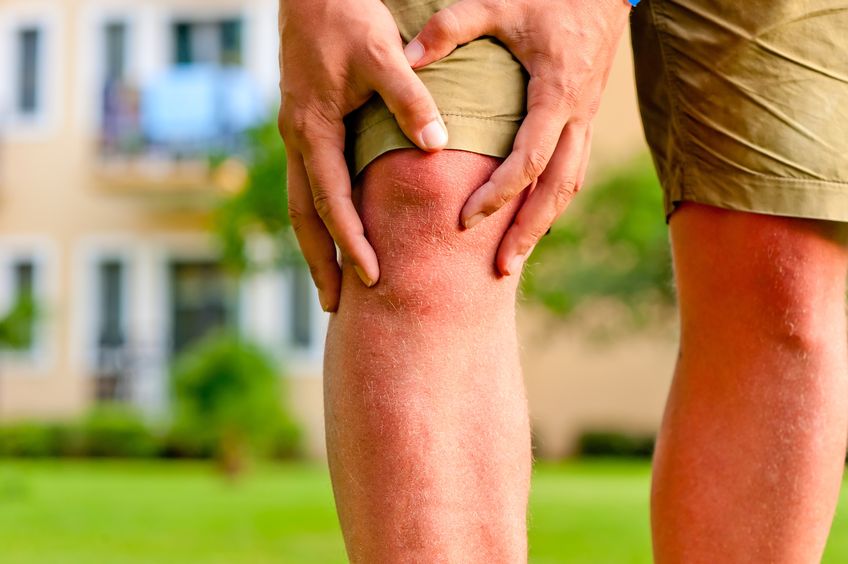Anatomic ACL Reconstruction with Endobutton Technique narrated and performed by Dr. Michael J. Greller, MD, CPE, FAAOS
Dr. Michael Greller is a board-certified orthopedic surgeon, fellowship trained in sports medicine and President of Advanced Orthopedics and Sports Medicine Institute and is Chief of Staff at CentraState Medical Center.
Learn more about Dr. Greller, see more of Dr. Greller’s testimonials.
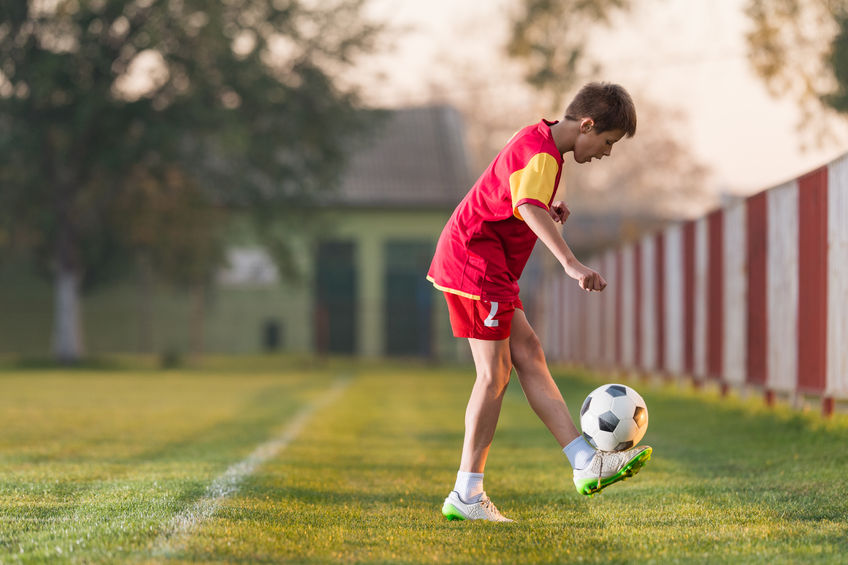
It’s no wonder that children are so often associated with running, jumping, and being active. There’s just something about that youthful energy that demands to be put into motion. However, active children and adolescents are also at risk of knee injuries, such as jumper’s knee, and may need to see an orthopedic specialist as a result.
Jumper’s knee is a condition common to young people who engage in significant amounts of kicking, jumping and running in sports such as soccer, track and field, and all types of hockey. The repetitive movements can result in discomfort of the tendon that runs over the front of the kneecap, the patellar tendon, which connects the muscles in the thigh to the muscles in the shin. Further damage to the bone growth area of the kneecap occurs in some cases, usually during growth spurts. While the condition is uncomfortable, it is rarely serious. Causes include excessive squatting or running. In some cases, minor issues with bodily conformation–such as flat-footedness or knees which are too closely aligned–can exacerbate or predispose a child to jumper’s knee.
Diagnosis is reasonably straightforward, as the activities that engage the patellar tendon cause the most discomfort, occasionally accompanied by swelling. A simple exam is usually enough–when combined with a thorough patient history–to make an accurate diagnosis. Some further diagnostic testing may be done, with an X-ray or MRI scan, to discern whether there are any complicating or unusual features to the disorder.
While both surgical and non-surgical treatments are available for jumper’s knee, a knowledgeable orthopedic surgeon will likely steer patients to non-surgical treatments first, to avoid any associated risks of performing surgery on a young person unnecessarily. For some, simply abstaining from activity for a few weeks may provide the respite the tendon requires to recover. Anti-inflammatory medications may be prescribed to assuage any pain associated with jumper’s knee. However, the best treatment is time. Cortisone injections are not associated with any long or short term improvements, and are rarely performed in this situation. In the rare cases where surgery is necessary, the surgeon will remove the damaged portion of the tendon. Regardless of the route of treatment, physical therapy is helpful, as are icing, heat, and ultrasound treatments.
Any time a child is given a diagnosis, it is a concern. Thankfully, with skilled professionals like those at the Advanced Orthopedic Sports Medicine Institute, diagnosis, treatment, and a quick return to healthy activity are generally expected. To schedule a consultation, visit our website today!
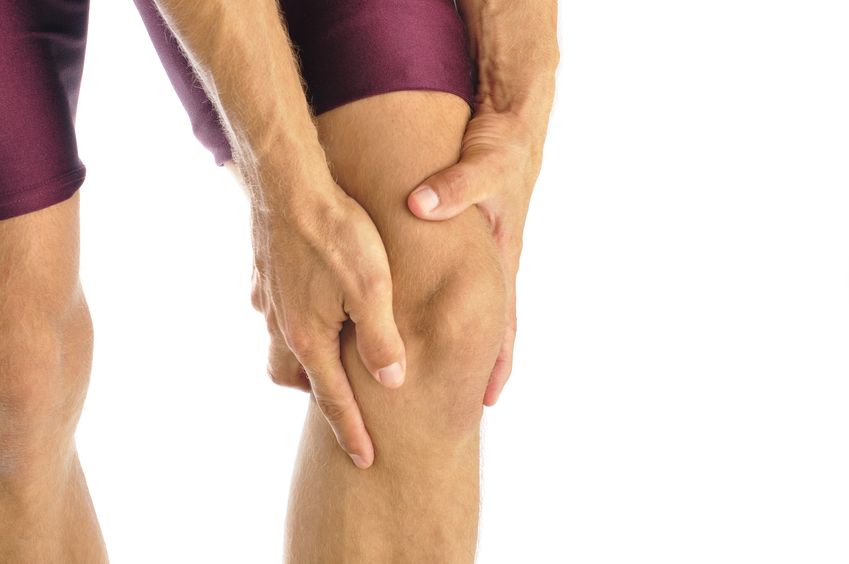
Total knee replacement surgery is one of the most frequently performed surgeries in the United States.
This procedure is used to decrease pain, increase mobility and improve quality of life for many patients. Surgeons have performed conventional knee replacement surgery for more than 30 years with generally excellent results. Yet, as with any surgical technique, surgeons have sought new ways to perform the surgery less invasively, with less pain and a faster recovery. As a result, there have been numerous advances in this field over the last few years. Patients now experience less pain, and less time in a hospital, have less blood loss, and are able to return to activities much more rapidly.
Today, skilled orthopedic surgeons are able to implant a total knee replacement device without cutting the quadriceps muscle and tendon as they do in conventional surgery. This new procedure is called Quadriceps Sparing Knee Replacement Surgery. The quadriceps muscle is the most important muscle in the leg, responsible for straightening the leg and extending the knee. When the quadriceps is weak, the leg has a tendency to buckle.
Watch the video on MyCentralJersey.com

How can you avoid injury and still get the most out of the summer?
Summer sports are All-American favorites: baseball, tennis, swimming, softball, soccer, cycling, ultimate frisbee, surfing, rock climbing, kayaking, beach volleyball, archery, windsurfing, polo, golf, running, and more! But with all these exciting adventures come the risks and hazards associated with being active outdoors in hot and humid weather.
See your primary care doctor regularly.
As with any physical activity, it’s crucial to make sure you are fit enough to begin by seeing your primary care doctor regularly. Especially if you’ve had some time off due to inclement weather or sports injury, starting slowly and prudently is always the best plan. Working with a professional or trainer can be very helpful because he or she can guide you through increasingly vigorous levels of recreation.
Staying fit in the summer has its own particular challenges; namely, dealing with the heat and oppressive humidity all too familiar to the Northeast. It is even more vital that you:
- Practice assiduous warm ups and cool downs during intensely warm weather
- Take frequent breaks to stay hydrated
- Spend time in the shade
- Wear loose fitting but safe clothing for your activity can improve your body’s ability to stay cool
Whether your activity has you playing on a team or in solitary reflection, you can still practice safely by always letting someone know where you plan to go to exercise, and carrying a cell phone in case of an emergency. If you are on a team, try and find players who are close to your skill and fitness level, at least at first.
Some discomfort or soreness is to be expected anytime you increase your activity level, but if you feel any pain, be it joint, muscle, or any other kind, stop immediately and see a professional. Working through the pain means you may be ignoring your own body’s early warning system that something is awry, and may lead to greater irritation or serious injury. If you have a prior impairment, you should certainly speak with an orthopedic specialist about what level of workout you should aim for.
By following simple precautions and exercising prudent judgment, you can enjoy all the fun and sports this summer has to offer! For more great information about staying active and summer activity, visit our blog.
A common condition in the United States, joint pain can be a serious hindrance to athletic activity as well as everyday life.
An estimated two million American experience joint pain associated with cartilage injuries each year. Cartilage injuries can be debilitating and only the most modern methods of treatment can restore cartilage, minimize pain and relieve discomfort for patients of all ages.
So what is cartilage?
Cartilage is, essentially, connective tissue found in all animals, including humans. It is more flexible and softer than bone but stiffer and more rigid than muscle. As cartilage does not contain blood vessels or nerves, you cannot “feel” damage in your cartilage, though there are other signs.
There are three types of cartilage found in the human body.
Elastic cartilage is found in your ears and nose. This supports and adds shape to these structures. Fibrocartilage is tough and dense. This type is found in the joint connecting the upper pubic bones where it needs to be sturdy enough to support a lot of weight but flexible enough for childbirth. Fibrocartilage, such as the meniscus, can also be found in joints where the more flexible tissue has been destroyed. The meniscus transfers stress and protects the final type of cartilage, hyaline cartilage, from being damaged. Hyaline cartilage is the cartilage that allows healthy joints to function comfortably. Found in your joints, this type of cartilage can be degraded by arthritis, trauma and other conditions causing medical treatment to be needed.
The Cartilage Restoration Center of New Jersey, staffed by the board-certified and fellowship-trained orthopedic surgeons of AOSMI, utilizes the latest techniques to restore cartilage.
We are completely devoted to the treatment of cartilage injuries with the goal of eliminating pain, restoring function and facilitating your return to full activity.
So you suffer from joint pain and think you may have damaged your cartilage, what are your options? Joint replacement surgery and medication used to be your only option to deal with joint pain. Now with our cutting-edge technology, the board-certified physicians at AOSMI are able to offer you many conservative options, including:
- Anti-inflammatory medications (NSAIDs)
- Steroid injections
- Hyaluronic Acid injections
- Orthobiologics
- Physical Therapy
- Bracing
If conservative treatment options do not work or if the cartilage damage is too severe, there are several surgical options that focus on repairing or re-growing your cartilage, helping reduce the need for joint replacement surgery. Procedures include:
- Microfracture: An arthroscopic procedure that stimulates cartilage regeneration
- Osteochondral Autograft Transplantation – Utilizing bone and cartilage plugs taken from a low load area of the knee and transferred to the damaged area
- Osteochondral Allograft Transplant – Used when donor bone and cartilage plugs are applied in the damaged area
- DeNovo NT – Used when juvenile donor cartilage is used to repair the damaged area
- Autologous Chondrocyte Implantation – Your cartilage cells are harvested via arthroscopic surgery, grown in a laboratory and then transplanted into the damaged area
These surgical options would be performed by our board-certified, fellowship-trained orthopedic surgeons at a hospital or outpatient surgery centers depending upon the procedure.
If you suffer from joint pain or feel you may have damaged your cartilage, call us today to schedule your cartilage consultation – 732-720-2555!
Running a marathon is an incredible undertaking requiring discipline, passion, and lots and lots of preparation. For all the hard work that goes into preparing your body to run a marathon, the sense of accomplishment when you cross the finish line–for the first time or the fiftieth–is unmatched. If you are new to marathon training, take these suggestions to ensure that you train smart and effectively.
- Start Where You Are. It is difficult to train appropriately when you aren’t aware of your current skill level. If you are brand new to running, check with your doctor to make sure you are healthy enough for this sort of exercise and let him or her help you determine an appropriate starting level of intensity. Pushing yourself too hard, too fast can lead to a sports injury.
- Have a Plan and Stick to It. There are plenty of apps and online resources to give runners of all ability levels an effective and appropriate training schedule. This plan will be more than just how much you run and how often. Break your goal of running a marathon into smaller goals you can prepare for, such as running a 5K or half marathon.
- Fuel Properly with Good Nutrition. Even if you are running in part to achieve weight loss, it is important to increase your intake of calories when training to avoid fatigue and muscle loss. Be sure your calorie expenditure (including running) is about the same as your caloric intake. Also, make sure you are eating the optimal amount of protein and other nutrients for your body size, age, and gender.
- Listen to Your Body. Running can take a heavy toll on the bones and joints. If you are experiencing pain, don’t try to tough it out. An unaddressed injury could not only derail your marathon aspirations; it can necessitate surgery, missed work time, and other adverse consequences.
If you have experienced pain while running, an experienced orthopedic specialist at Advanced Orthopedic and Sports Medicine Institute can help determine the exact nature of your issue. Request an appointment with us today to get back to your fitness routine as soon as possible.
Advanced Orthopedics and Sports Medicine Institute is a medical practice located in Freehold and Monroe, NJ, our medical professionals are experts in orthopedic surgery, joint replacement, sports medicine, integrative wellness, spine care, physical therapy, and more.
The human knee is the largest joint in the body and is made up of bones, cartilage, muscles, ligaments, and tendons. It consists of the lower end of the femur, the upper end of the tibia, the kneecap, and four ligaments that connect the femur and tibia, providing joint stability. The strong muscles surrounding the knee give it strength and mobility while the bone surfaces are covered with articular cartilage, which cushions them. The meniscus acts as a shock absorber and stabilizer while a synovial membrane that releases a special lubricating fluid, reducing friction to nearly zero in a healthy knee, lines it.
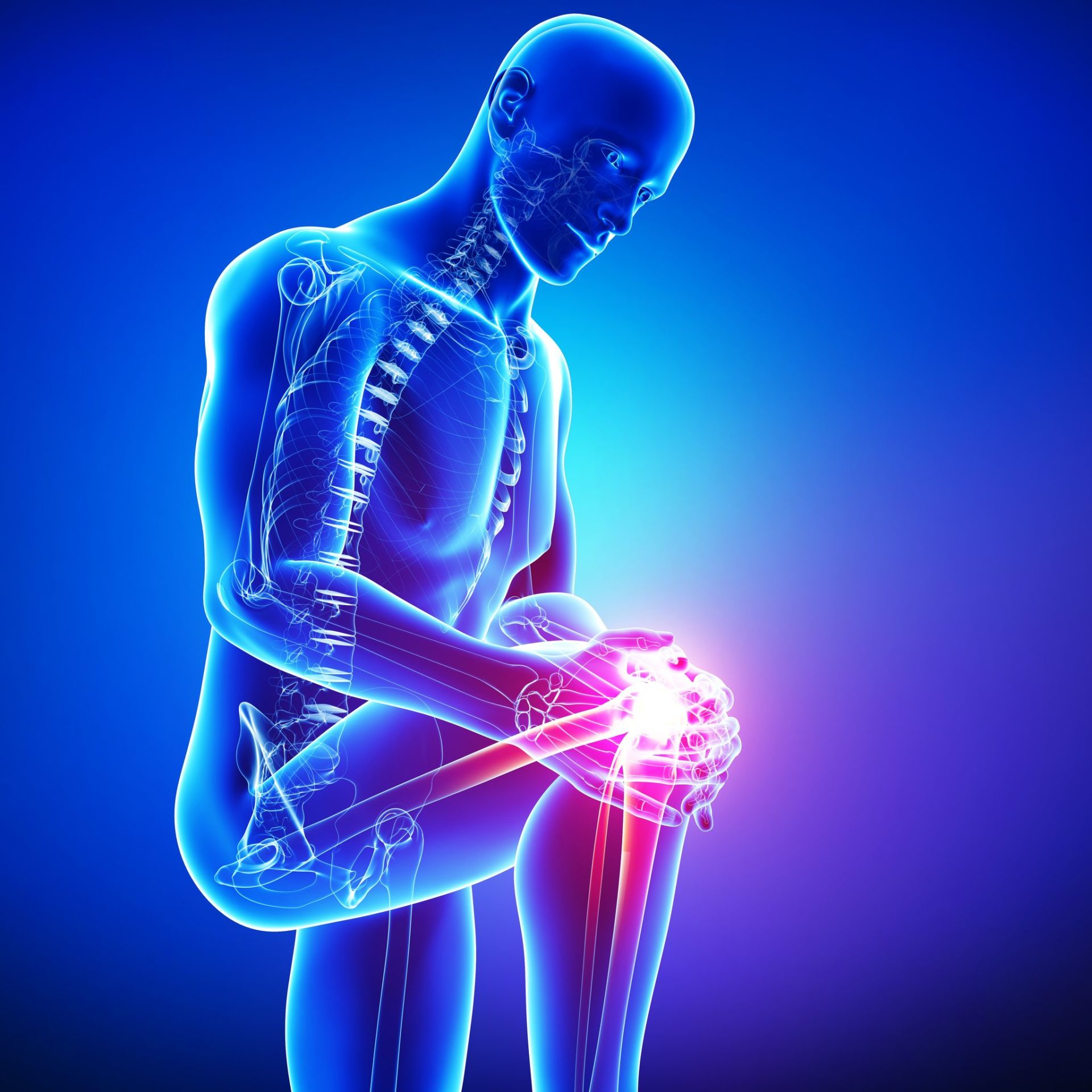
The knee joint, unfortunately, is the most easily injured joint and with so many parts working together, injuries can occur from:
- Overuse
- Strains or Sprains
- Sports Injuries
- Work Injuries
- Arthritis
- Excess Weight
- And Direct Impact
Leading to inflammation, pain, swelling and diminished mobility or function. In the past, many athletes and other individuals simply learned to live with their knee pain. Today there is a wide variety of medical treatments and surgical procedures to help treat your knee pain.
The first course of action with knee pain or an injury is to reduce inflammation. Rest, ice, anti-inflammatory medications and modified movements or physical therapy can give the knee a chance to get back to normal. Steroids and orthobiologics are also conservative treatment options for knee pain. Surgery is always the last option; however, arthroscopic surgical treatments have become significantly more advanced in recent years, and can reduce or eliminate knee pain for almost anyone, with a surprisingly short recovery time.
What is Arthroscopy?
Arthroscopy is a minimally invasive outpatient surgical procedure in which a small fiber optic camera and light source are inserted into a joint. It is only a quarter inch in diameter, about the size of a pencil, permitting the surgeon to make very small incisions with little or no scarring. The camera’s high definition video output is connected to a television monitor in real time, so that the operating team can adjust their movements accordingly during the procedure. The surgeon uses sterile fluid and specialized instruments to visualize the knee clearly and remove or repair damaged tissue.
Arthroscopy enables the surgeon to detect knee problems such as ligament and tendon tears, loose pieces of bone and cartilage, joint wear and tear including arthritis, cartilage tears, rheumatologic problems including gout, knee cap instability, fractures and other sources of pain and swelling. The knee is the most common joint operated on using the arthroscope; although the shoulder, elbow, ankle, hip and wrist can also be viewed and fixed by using this method.
With recent advances, surgeons are now able to do cartilage replacement and transplantation, ligament reconstruction, and fracture repair with better results than larger open procedures, as they are much less traumatic to the muscles, ligaments, and tissues than traditional surgeries that open the knee joint.
Arthroscopy’s benefits include:
- Smaller incisions
- Less scarring
- Faster healing
- Decreased infections
- Maintain a normal, active lifestyle
- And a shorter, more reliable recovery time
In fact, most arthroscopic surgical procedures are performed on an outpatient basis, meaning that the patient can go home the same day as the surgery and even walk out.
Signs and symptoms that arthroscopy may be right for you include swelling, pain, locking, instability and loss of confidence in your knee. When other treatments such as medication, physical therapy and bracing have not provided the improvement you or your doctor expected, you may benefit from arthroscopy. Call our office today for an evaluation – 732-720-2555.
Maybe you’re coming back from an injury, or you have an existing condition that makes impact on your joints unfeasible. Maybe you just want to mix up your workout routine a little. No matter the reason, low impact exercises are an excellent addition to any fitness program at any level of activity, from the beginner to the experienced athlete.
- Water Exercise. Water exercise is the most fantastic option if you want a low to no-impact workout that is still intense and burns calories. The water supports your body, and most workout classes in the water also employ flotation devices to further cushion you. There are all levels of water exercise available–in groups or even as a solo swimmer–year-round at indoor pools. Best of all, the water helps cool you, so you may find you feel less fatigued than if you had performed the same level of activity out of the water.
- Walking. It seems so simple, but walking on a smooth flat surface with the right footwear is both low impact and extremely healthy. There are a plethora of new apps dedicated to helping your walk be more interesting and interactive. Other walkers listen to audiobooks or podcasts.
- Elliptical Machines. If you’re ready to crank up your workout, the elliptical machine provides all the resistance and endurance, with none of the repetitive strain on your joints or feet. Used properly, the elliptical machine can burn 333 calories at a moderate pace in 45 minutes, all without causing pain or damage.
- Rowing Machines. This old-school piece of equipment is still a staple in every gym for good reason; it works the whole body, tones the upper body, and burns the same calories as an elliptical machine. It is important to have proper form, so if you’re ready to try it out, have a trainer walk you through how to use the equipment.
- Tai Chi/Yoga. Although these two practices are very different, we’re grouping them together because they provide similar benefits. Both work to control movement and use planned actions. Tai Chi emphasizes relaxation with constant movement while Yoga emphasizes stillness and frequent pauses, holding poses properly. They can both be used to improve balance, flexibility, and strength.
No matter how active you are, changing your routine and cross training can only benefit your healthy practices. If you’re looking to minimize the impact on your joints and limbs, these options are only the beginning; many more are available. However, if you are having pain during any activity, request an appointment today to speak to an orthopedic specialist about treatment, sports injury, or physical therapy.
Advanced Orthopedics and Sports Medicine Institute is a medical practice located in Freehold and Monroe, NJ, our medical professionals are experts in orthopedic surgery, joint replacement, sports medicine, integrative wellness, spine care, physical therapy, and more.
 With the changing of the seasons and the accompanying drop in the temperature outside, many athletes flock to the ski slopes, the ice rink, and the mountainside seeking outdoor adventure and fitness. Exercising in cold weather presents several unique nutritional challenges. Taking a few simple precautions can help maximize performance and keep athletes healthy and allow them to safely achieve their fitness goals
With the changing of the seasons and the accompanying drop in the temperature outside, many athletes flock to the ski slopes, the ice rink, and the mountainside seeking outdoor adventure and fitness. Exercising in cold weather presents several unique nutritional challenges. Taking a few simple precautions can help maximize performance and keep athletes healthy and allow them to safely achieve their fitness goals
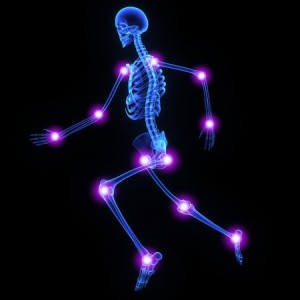 Worldwide, over 1.2 million total joints are being done each year. Approximately, 800,000 of these total joints are done in the US alone. Americans are therefore the biggest consumers of this very successful technology.
Worldwide, over 1.2 million total joints are being done each year. Approximately, 800,000 of these total joints are done in the US alone. Americans are therefore the biggest consumers of this very successful technology.
Traditionally, TJR is done in a hospital set up because most patients undergoing TJR are the elderly with medical comorbidities (the presence of other illness like Hypertension, Heart Disease, uncontrolled Diabetes etc).
The current generation of baby boomers however, are much healthier, live a longer life and tend to stay active at an older age. On the other hand, a lot of younger patients are having TJR because of damage to the joints at an early age caused by sports related injuries.
Improved perioperative anesthesia, development of new analgesics like Exparel, and the increasing sophistication and safety of Surgicenters, prompted the development of outpatient TJR. Approximately, 20 percent of TJR are now done safely, expediently and at a big savings to the insurance company at surgicenters. The recovery time is shortened, infection rate is cut down, certain institutions like the Northern Monmouth Surgicenter in Manalapan NJ, where I do most of my outpatient work is close to zero percent.
There are certain reasons why TJR cannot be done in an outpatient setup. Medicare and certain private insurance companies will not authorize the TJR to be done as outpatient. It is my belief that the insurance companies will eventually see the value of doing outpatient TJR.
Any surgical patient with a severe medical condition obviously should be done in a hospital setup.
Examples of TJRs being performed in a Surgicenter, Total Hip Replacement (THR), Total Knee Replacement (TKR), Total Shoulder Replacement (TSR), Reverse Total Shoulder Replacement ( rTSR), Total Ankle Replacement (TAR) If you have any questions regarding surgery in an outpatient setup, please call for in office consultation.
Manuel T Banzon MD FAAOS
04-20-2015


